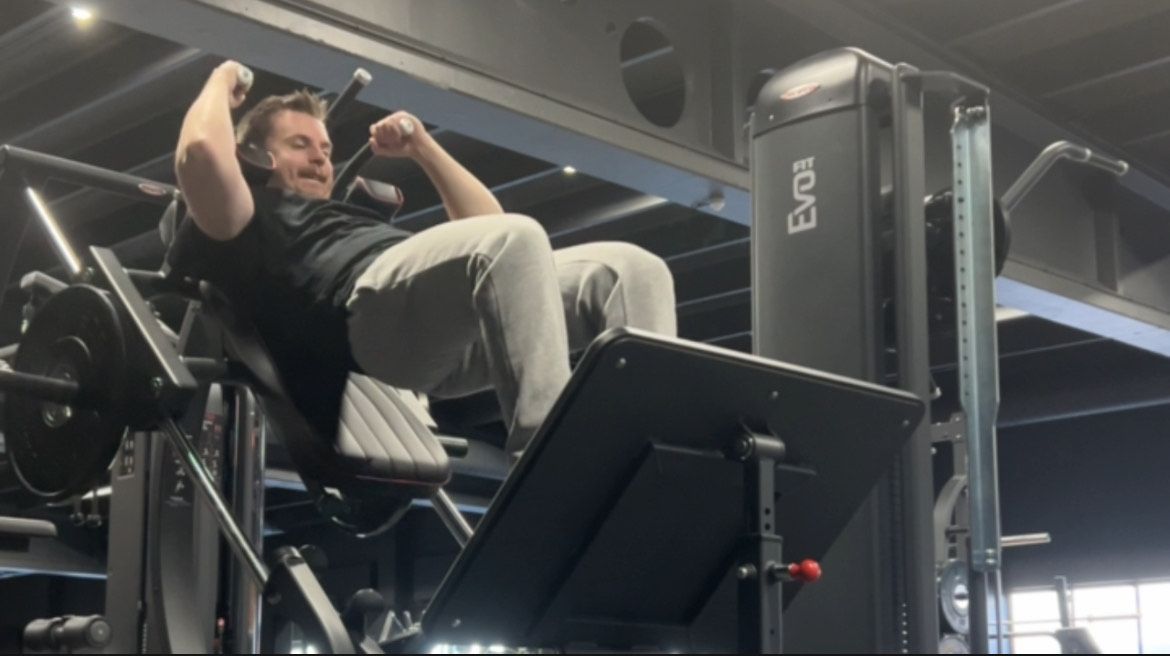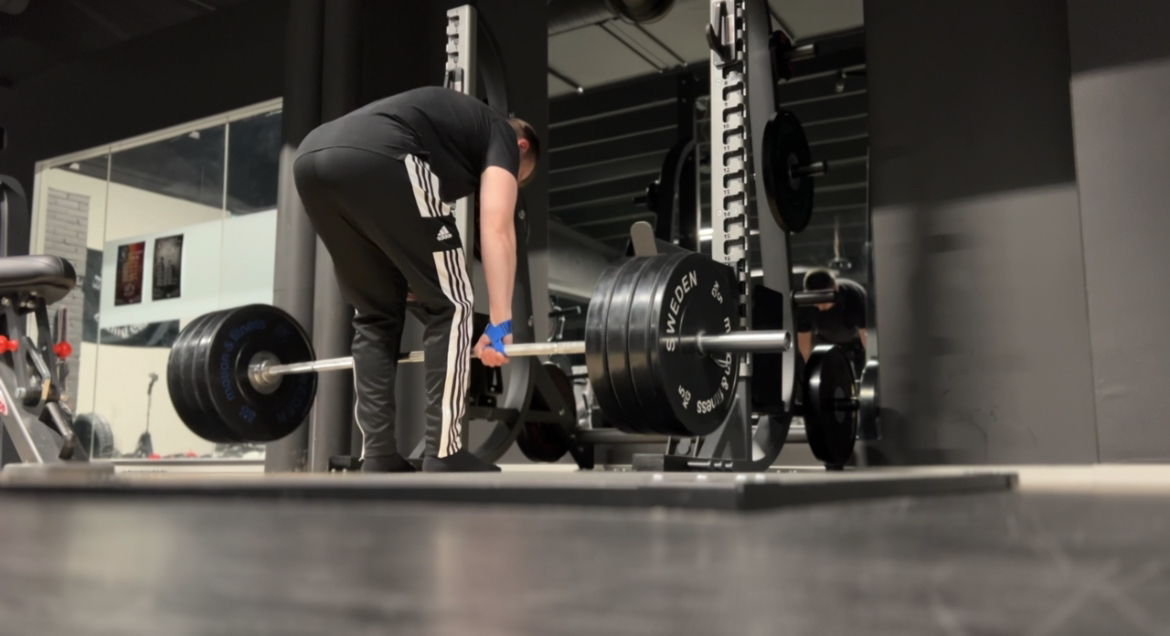5 myths in the gym
Stop believing in these myths
In the ever-evolving world of fitness, myths and misconceptions abound, often leading to confusion and ineffective training. Whether you're a seasoned athlete or a gym newbie, it's crucial to separate fact from fiction to maximize your results and avoid common pitfalls. Here, we tackle five prevalent gym myths and provide clarity on how to approach your workouts more effectively.
1. Myth: You Need to Lift Heavy Weights to Build Muscle
Reality: While lifting heavy weights can be beneficial for muscle growth, it is not the only way to build muscle. Muscle hypertrophy (growth) is influenced by a combination of factors including the total volume of work, the intensity of the exercises, and proper recovery. Lifting moderate weights with higher reps and maintaining proper form can be equally effective. The key is to create a progressive overload by gradually increasing the weight, reps, or sets over time.
Why This Myth Persists: Many believe that heavy lifting is synonymous with strength and muscle growth, often due to its portrayal in popular media. However, muscle growth can be achieved through various approaches, as long as you are consistently challenging your muscles and allowing adequate recovery.
2. Myth: Cardio is the Best Way to Lose Weight
Reality: While cardio is effective for burning calories, it is not the sole solution for weight loss. A balanced approach that includes both strength training and cardio is often more effective. Strength training helps build muscle, which in turn boosts your metabolism and aids in long-term fat loss. Incorporating a mix of both cardio and resistance training into your routine can lead to more sustainable and comprehensive weight management.
Why This Myth Persists: Cardio is often promoted as the primary method for burning calories and losing weight. However, focusing solely on cardio can neglect the benefits of building muscle, which plays a significant role in increasing your overall calorie expenditure.
3. Myth: You Need to Spend Hours in the Gym to See Results
Reality: Quality often outweighs quantity when it comes to workouts. Effective training can be achieved in shorter sessions if you focus on intensity and efficiency. A well-structured workout program that includes compound exercises and progressive overload can deliver significant results in as little as 30-60 minutes per session. It's important to focus on the effectiveness of your workouts rather than the time spent in the gym.
Why This Myth Persists: The perception that more time equals more results comes from a traditional mindset where longer gym sessions were seen as a measure of dedication. However, research and practical experience have shown that shorter, more focused workouts can be equally or more effective.
4. Myth: You Can Spot-Reduce Fat
Reality: Spot reduction, or the idea that you can target fat loss in specific areas of the body through localized exercises, is a myth. Fat loss occurs uniformly throughout the body as a result of overall calorie expenditure and a balanced diet. While exercises like crunches and leg lifts can strengthen specific muscles, they do not directly burn fat from those areas. A combination of cardiovascular exercise, strength training, and a healthy diet is the most effective approach for reducing body fat.
Why This Myth Persists: Spot reduction is a tempting concept, as it promises targeted results with minimal effort. However, fat loss is a systemic process that involves the entire body rather than isolated areas.
5. Myth: You Must Stretch Before Every Workout
Reality: Static stretching (holding stretches for extended periods) before a workout can actually reduce performance and increase the risk of injury. Instead, a dynamic warm-up that involves movement-based stretches can better prepare your muscles and joints for exercise. Dynamic stretching increases blood flow and warms up the body, while static stretching is more beneficial post-workout to improve flexibility and aid recovery.
Why This Myth Persists: Traditional advice often emphasized static stretching as a necessary component of warm-up routines. However, modern fitness practices have shifted towards dynamic warm-ups for better performance and injury prevention.
Conclusion
Understanding and debunking these common gym myths can help you approach your fitness journey with more effective strategies and realistic expectations. By focusing on well-rounded training, proper nutrition, and evidence-based practices, you can maximize your results and avoid the pitfalls of misinformation. Keep educating yourself and adapting your approach as you learn more about what truly works for your body and goals.











